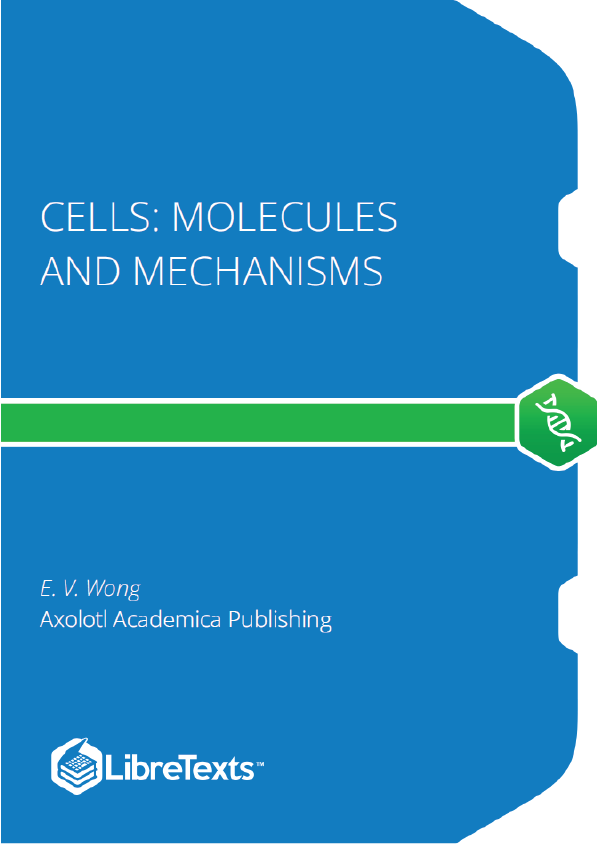Since this entire course is devoted to understanding the workings of the cell, it is almost superfluous to dedicate a chapter to identifying the parts of the cell and their functions. However, because it is easy to get lost in the intricacies of the molecules and chemical reactions within the cell, consider this chapter more of a framework or map for the course, giving context to the minutiae.
The cell is the smallest unit of life, so all cells, whether they are unicellular organisms or just a tiny part of a multicellular organism, have certain characteristics in common: they must contain genetic information and the mechanisms to regulate and use that information to produce its own parts and to reproduce new cells, they must be able to use energy in chemical reactions and physical actions, they must be able to regulate those activities, and they must respond to stimuli.
Cells use DNA (deoxyribonucleic acid) for their genetic material, and all cells contain the transcriptional and translational enzymes to read it and use the information to construct more cell components. However, simply having genetic material does not define life: viruses have genetic material containing all the information necessary to make a complete virus, but it does not contain the enzymes necessary to do so, nor the ability to obtain the raw molecular material needed to do so. It is absolutely dependent on the machinery inside whatever cell it infects. Therefore, a virus is not a living organism.
The genome is not only an instruction set for making a cell (or an organism, for that matter); it is also replicable itself. Roughly speaking, during part of its life cycle, the cell makes an extra copy of its genome and increases the numbers of all the other “stuff” (proteins, fats, etc.) of which it is made, and then it reproduces by division. The mother cell splits into two daughter cells, each with the same complement of genetic information, and with approximately the same cellular components. Thus we see that while the genome is often considered the blueprint for a cell/organism, in fact cells are not built up from scratch directly from DNA. Every cell comes from another cell. The DNA can then be used to customize that cell for specific purposes as determined by its environment. When a particular component of the cell is needed, the information for making that component is read from the DNA and copied into RNA which is used as a program from which ribosomes can manufacture the proteins needed. A living cell needs all these things: the genetic information, the mechanisms and machinery to use the information to build cell parts, and the ability to harness energy to do so.
As we will see in chapter 3, the physical laws of nature require that everything tends towards its simplest, least organized, state unless there is an input of energy to work against that tendency. Since cells are a highly ordered collection of very complex molecules, they must therefore require energy to remain as cells. Thus, life requires the ability to obtain energy, either from sunlight or food, and the ability to convert that energy into forms that can be readily used by the cell to maintain itself by building or rearranging necessary molecules and macromolecular structures.
How do cells know when to carry out these activities? This leads us to the next characteristic of living cells: the ability to respond to stimuli. In other words, they are self-regulating. If glucose levels run low and the cell needs energy, glucose transport proteins are made, or if the cell needs to move to an area of higher food concentration, the cell cytoskeleton rearranges to move the cell. The cell has the ability to initiate repair processes if it detects lesions in its genome, it can pause the cell cycle to allow such repair processes time, and it can even initiate its own death if repairs are repeatedly unsuccessful.











